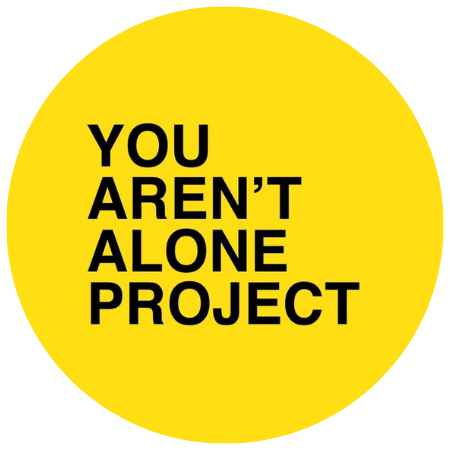Suicide Safety Planning
Awareness is just one step in suicide prevention. Asking if someone has thought about suicide and taking action can be vital in saving a life. Having suicidal thoughts or thoughts of self harm does not mean you are broken or crazy, it just means that you can no longer do this alone and you absolutely don’t have to. Hope and help is out there.
Read to learn more about what a suicide safety plan is and how you can implement one for yourself or your loved ones. Feel free to save and share the tiles via your social media channels.
If you or someone you love is in crisis, you are not alone. Dial 988 for 24/7 access to crisis support.
cite: verywellmind.com
What is a safety plan?
A suicide safety plan is a written set of instructions that you create for yourself as a contingency plan should you begin to experience thoughts about harming yourself. It contains a series of gradually escalating steps that you follow, proceeding from one step to the next, until you are safe.
Creating a plan
Work with someone or several people you trust when you are feeling well and can think clearly. Put it in writing, keep it somewhere easily accessible, and inform anyone who is a part of it.
Here's what to include:
Warning signs
Think about the types of situations, images, thoughts, feelings, and behaviors that might precede or accompany suicidal urges for you.
List these warning signs so that you can refer back to them when deciding whether to activate your plan.
Reasons for living
Create a list of your reasons for living.
Ways to calm/comfort yourself
Create a list of activities that can be soothing to you when you're upset. If you can't think of any examples off-hand, you may want to try some mind-body methods that have helped others, such as breathing exercises or body scan meditation.
Trusted contact information
Keep a list of contacts you can talk to if self-help measures do not work. List names, phone numbers, or other contact information, and be sure to have back-ups in case your first or second choices are unavailable.
Professional Resources
Create a list of all professional resources available to you, along with their phone numbers, email addresses, and other pertinent contact information. This is also a good place to keep a number for a crisis hotline such as the National Suicide Prevention Lifeline at 988.
Ways to Make Your Environment Safe
Plan what steps you can take to make yourself safe. This may involve removing or securing any items that you are likely to use to hurt yourself, or going to another location until the urges have passed. It may also involve getting another person involved to help you. If you feel like hurting yourself, you might plan to go to a public place to distract yourself. Or, if you are feeling suicidal and have access to a gun, you might ask someone to keep it at their house.
Using your plan
If you begin to experience any of the warning signs of suicide listed in your suicide safety plan, proceed through the steps you have previously outlined for yourself, one by one, until you are feeling safe again.
An exception would be if you are feeling out of control and are strongly thinking of suicide. In that case, it is best to call either a trusted friend who can be with you immediately or emergency services.
Tools
safety planning apps are available via the app store
Safety Plan
ReMinder
Beyond Now
For a safety plan template, visit zerosuicide.edc.org
Resources
9-8-8 National Crisis Line
@988lifeline
Crisis Text Line
Text TALK to 741-741
Veterans Crisis Line
Send a text to 838255
SAMHSA Treatment Referral Hotline (Substance Abuse)
1-800-662-HELP (4357)
RAINN National Sexual Assault Hotline
1-800-656-HOPE (4673)
National Domestic Violence Hotline
800.799.SAFE (7233)
National Teen Dating Abuse Helpline
1-866-331-9474
The Trevor Project
1-866-488-7386
@trevorproject










